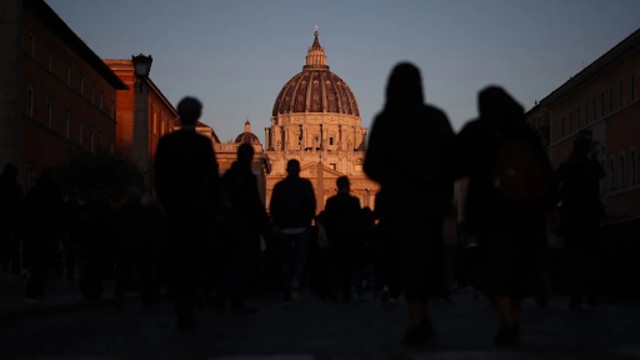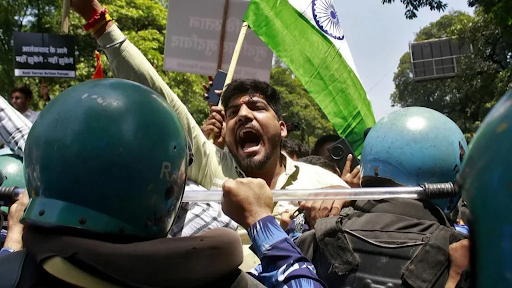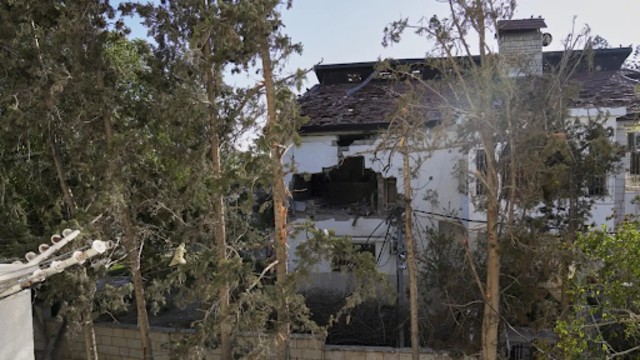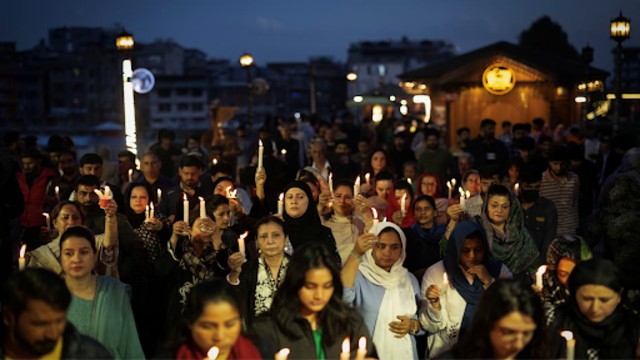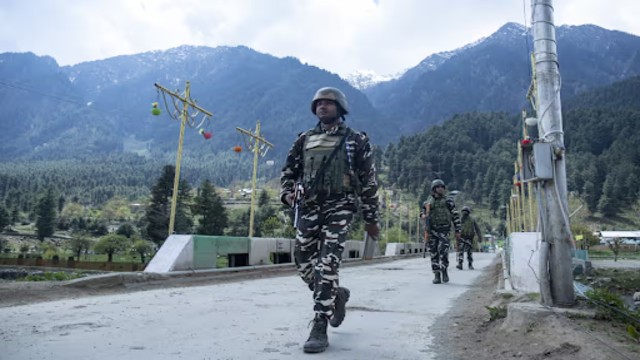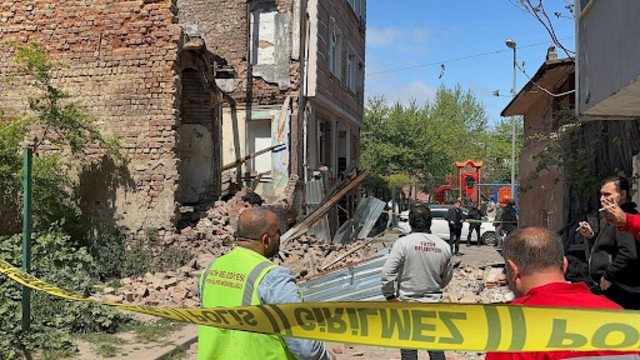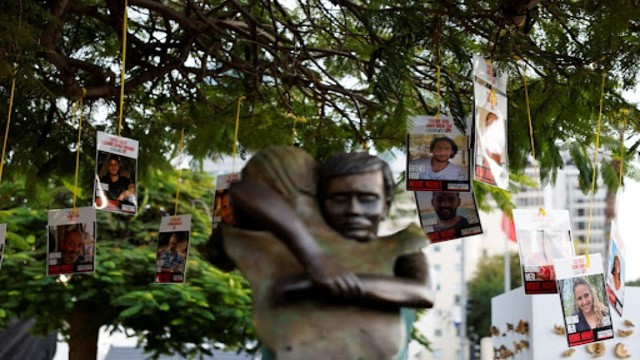
Photos of Israeli hostages taken during Hamas's October 7, 2023, attack are displayed on a tree at Hostages Square in Tel Aviv, Israel, on January 17, 2025. Reuters
Israel’s cabinet has given the green light to a ceasefire agreement with Hamas, aiming to end 15 months of conflict in Gaza. Prime Minister Benjamin Netanyahu’s office confirmed the deal early Saturday, just a day before the truce is scheduled to take effect. This decision also includes the release of hostages held in Gaza in exchange for Palestinian prisoners in Israeli jails.
The Israeli government finalized the agreement after a six-hour-long meeting. Netanyahu’s office stated, “The Government has approved the framework for the return of the hostages. The framework for the hostages' release will come into effect on Sunday.”
Despite the ceasefire deal, violence continues to rage in Gaza. Israeli airstrikes killed five people early Saturday in the Mawasi area, bringing the death toll to 119 since the agreement was announced on Wednesday, according to local medics.
The United States has been heavily involved in brokering this deal. Lead negotiator Brett McGurk confirmed that all the details had been locked in, and the ceasefire is expected to commence on Sunday morning. “We are quite confident... it is ready to be implemented on Sunday,” McGurk stated.
Key Details of the Ceasefire Agreement
The deal outlines a three-stage ceasefire plan. Initially, hostages held by Hamas will be exchanged for Palestinian women and minors detained in Israeli jails. In the first phase, 33 Israeli hostages, including women, children, and elderly individuals, will be released. In return, Israel will release Palestinian women and minors under 19 years old.
The Israeli Justice Ministry has already named 95 Palestinian prisoners set for release on Sunday. Following the initial release, more hostages are scheduled to be freed weekly.
Opposition Within the Israeli Cabinet
The ceasefire agreement has faced strong opposition from hardliners in Israel’s cabinet. National Security Minister Itamar Ben-Gvir and Finance Minister Bezalel Smotrich criticized the deal, arguing it concedes too much to Hamas. Ben-Gvir threatened to resign but assured he would not destabilize the government.
The Broader Conflict and Its Impact
The war began after Hamas launched attacks on October 7, 2023, killing 1,200 Israelis and taking 250 hostages. Israel’s subsequent military response devastated much of Gaza, resulting in over 46,000 Palestinian deaths and displacing millions, according to local authorities.
This ceasefire could ease regional tensions, as the conflict has drawn in Iran, Hezbollah, Yemen’s Houthis, and armed groups from Iraq and the West Bank. Additionally, the agreement includes a surge in humanitarian aid for Gaza’s battered civilians. Relief agencies have 4,000 trucks loaded with food, medicine, and other essentials ready to enter the enclave.
For displaced Palestinians, the truce offers a glimmer of hope. Reeham Sheikh al-Eid, a Gaza resident, expressed her yearning for normalcy, saying, “I hope it will happen so we’ll be able to cook in our homes... without having to queue for hours for food.”


